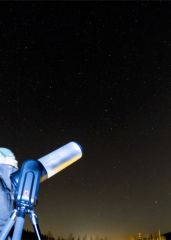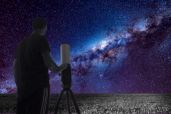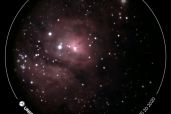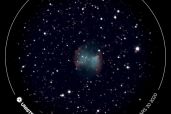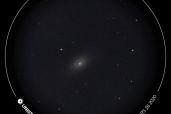The dark sky is not only made of stars but is full of wonders like galaxies and nebulae that are waiting for you to observe them. The SETI Institute is the scientific partner of Unistellar, which hopes to build the largest network of digital & smart telescopes capable of bringing astronomy to everyone's backyard.
Astronomers have created numerous catalogs to label targets of interest so that they can share their discoveries. One of these is called the Messier catalog and is probably the most famous. Born in 1730, the astronomer Charles Messier got tired of stumbling over those fuzzy blobs in the sky while looking for new comets, so he decided to compile them in a list that includes galaxies, nebulae, and clusters of stars. At the end of March each year, it's possible to observe all the 110 objects of this catalog in one night. Northern hemisphere amateur astronomers often gather in dark sky areas to compete in this so-called Messier Marathon, hoping to observe all the Messier objects in one night.
Unistellar had initially planned to organize such events around the world involving their almost 1,000 eVscope citizen astronomers. But due to restrictions in place globally to contain COVID-19, users were instead encouraged to observe Messier objects from their homes in a Global Messier Marathon week. Some of these citizen astronomers got very creative. To maximize their chances of observing all the objects, they set up their eVscope in their roofs, moved to different sites near their homes, and several managed to observe all the objects even though they live in urban areas.
Thanks to the eVscope, Global Messier Marathon Week helped to bring astronomy back to people, allowing them to forget about this difficult time and be involved in an activity from outer space. Seeing a galaxy located several billion light-years away is a transformational experience. And it's a reminder worlds and wonders are waiting to be discovered throughout our gigantic universe.
You can see more amazing Messier object images here.

